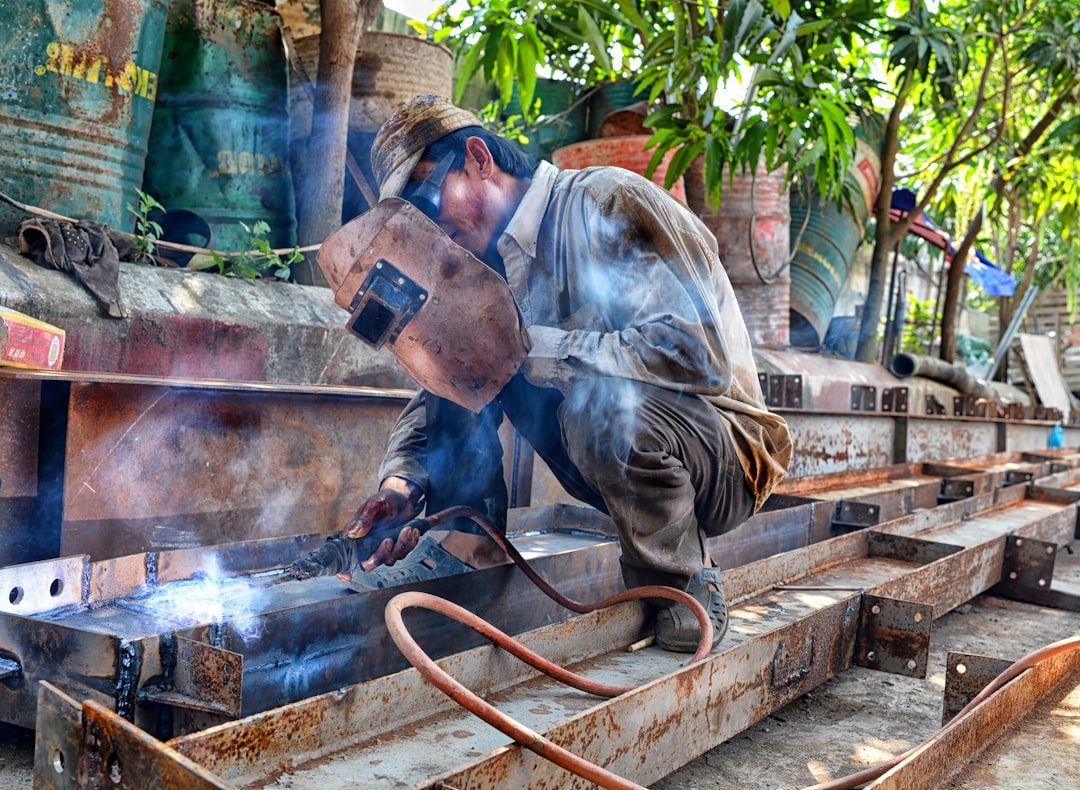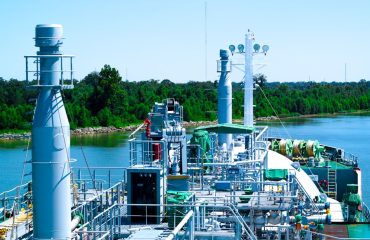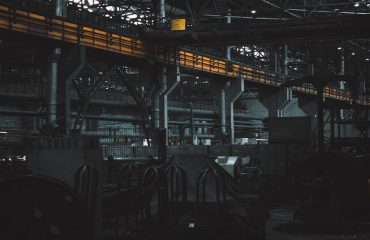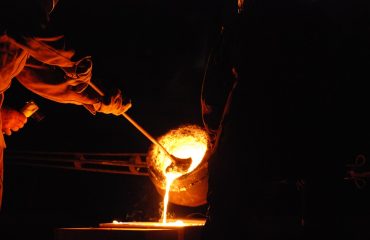The steel manufacturing industry is a cornerstone of modern infrastructure, but its inherent processes pose significant occupational safety risks. From the scorching heat of furnaces to the towering heights of cranes, the environment demands meticulous attention to safety protocols. This comprehensive guide explores the critical aspects of occupational safety within steel manufacturing, aiming to highlight best practices and promote a safer working environment for all.
Hazard Identification and Risk Assessment: The Foundation of Steel Mill Safety
Proactive hazard identification is paramount. Steel mills present a multitude of hazards, including:
- High Temperatures: Molten steel, hot rolling processes, and furnace operations expose workers to extreme heat, leading to burns and heatstroke.
- Moving Machinery: Rolling mills, cranes, conveyors, and other heavy machinery pose crushing, shearing, and entanglement risks.
- Falling Objects: Materials handling, crane operations, and structural work present a significant risk of falling objects causing injuries.
- Noise Pollution: The constant operation of heavy machinery generates high noise levels, leading to hearing loss if not mitigated.
- Hazardous Substances: Exposure to dust, fumes, gases (e.g., carbon monoxide), and chemicals can cause respiratory problems, skin irritations, and other health issues.
- Electrical Hazards: Extensive electrical systems throughout the plant pose risks of electric shock and electrocution.
A thorough risk assessment, involving identifying hazards, evaluating their likelihood and severity, and implementing control measures, is essential. This process should be regularly reviewed and updated to reflect changing conditions and processes.
Personal Protective Equipment (PPE): The First Line of Defense
Personal Protective Equipment (PPE) plays a vital role in mitigating the risks identified above. Appropriate PPE must be provided, properly maintained, and consistently used by all workers. This includes:
- Heat-resistant clothing: Protective suits, gloves, and footwear designed to withstand high temperatures.
- Hearing protection: Earplugs or earmuffs to reduce noise exposure.
- Respiratory protection: Respirators to filter out dust, fumes, and gases.
- Eye protection: Safety glasses or goggles to protect against flying debris and molten metal splashes.
- Safety helmets: To protect against falling objects.
- Safety footwear: Steel-toe boots to protect against crushing injuries.
- Cut-resistant gloves: To protect against sharp edges and materials.
Regular PPE inspections and training on proper use are crucial to ensure effectiveness.
Emergency Procedures and Response: Preparedness for the Unexpected
Steel mills must have comprehensive emergency procedures in place to handle various incidents. This includes:
- Emergency response teams: Trained personnel equipped to handle fire, medical emergencies, and hazardous material spills.
- Emergency communication systems: Clear and reliable communication channels to alert workers and emergency services.
- Emergency exits and evacuation routes: Clearly marked and regularly inspected escape routes.
- Fire prevention and suppression systems: Sprinklers, fire extinguishers, and fire alarms should be regularly maintained and tested.
- First aid stations: Well-stocked first aid stations readily accessible throughout the plant.
- Spill response procedures: Protocols for handling spills of hazardous materials.
Regular drills and training are essential to ensure that workers are familiar with emergency procedures and can respond effectively in case of an incident.
Safety Training and Education: Empowering a Safety Culture
A strong safety culture is built upon comprehensive training and education. Workers must receive training on:
- Hazard identification and risk assessment: Understanding the potential hazards in their work area and how to mitigate them.
- Safe work practices: Proper procedures for operating machinery, handling materials, and working at heights.
- PPE use and maintenance: Knowing which PPE is required for different tasks and how to use it correctly.
- Emergency procedures: Understanding and practicing emergency response plans.
- Lockout/Tagout procedures: Safe methods for isolating energy sources before maintenance or repair work.
- Reporting procedures: Knowing how to report near misses, incidents, and injuries.
Regular refresher training and ongoing safety communication are essential to reinforce safe work practices and promote a culture of safety.
Regulatory Compliance and Auditing: Maintaining Standards
Steel manufacturers must adhere to relevant occupational safety and health regulations. This may include compliance with OSHA (Occupational Safety and Health Administration) standards in the US, or equivalent regulations in other countries. Regular audits and inspections are necessary to ensure compliance. These audits should cover:
- Hazard identification and control measures: Verification that hazards are identified and adequately controlled.
- PPE use and maintenance: Checking that workers are using appropriate PPE and that it is in good condition.
- Emergency procedures: Assessing the effectiveness of emergency response plans and procedures.
- Safety training records: Verifying that workers have received adequate safety training.
- Incident reporting and investigation: Reviewing the process for reporting and investigating incidents and near misses.
Proactive compliance not only reduces risks but also demonstrates a commitment to worker safety and legal responsibility.
In conclusion, occupational safety in steel manufacturing is a multifaceted challenge requiring a holistic approach. By prioritizing hazard identification, providing adequate PPE, implementing robust emergency procedures, fostering a strong safety culture through training, and ensuring regulatory compliance, steel manufacturers can significantly reduce workplace injuries and create a safer and more productive environment for their workforce.
Tags: steel manufacturing safety, occupational safety, steel mill safety, workplace safety, industrial safety




